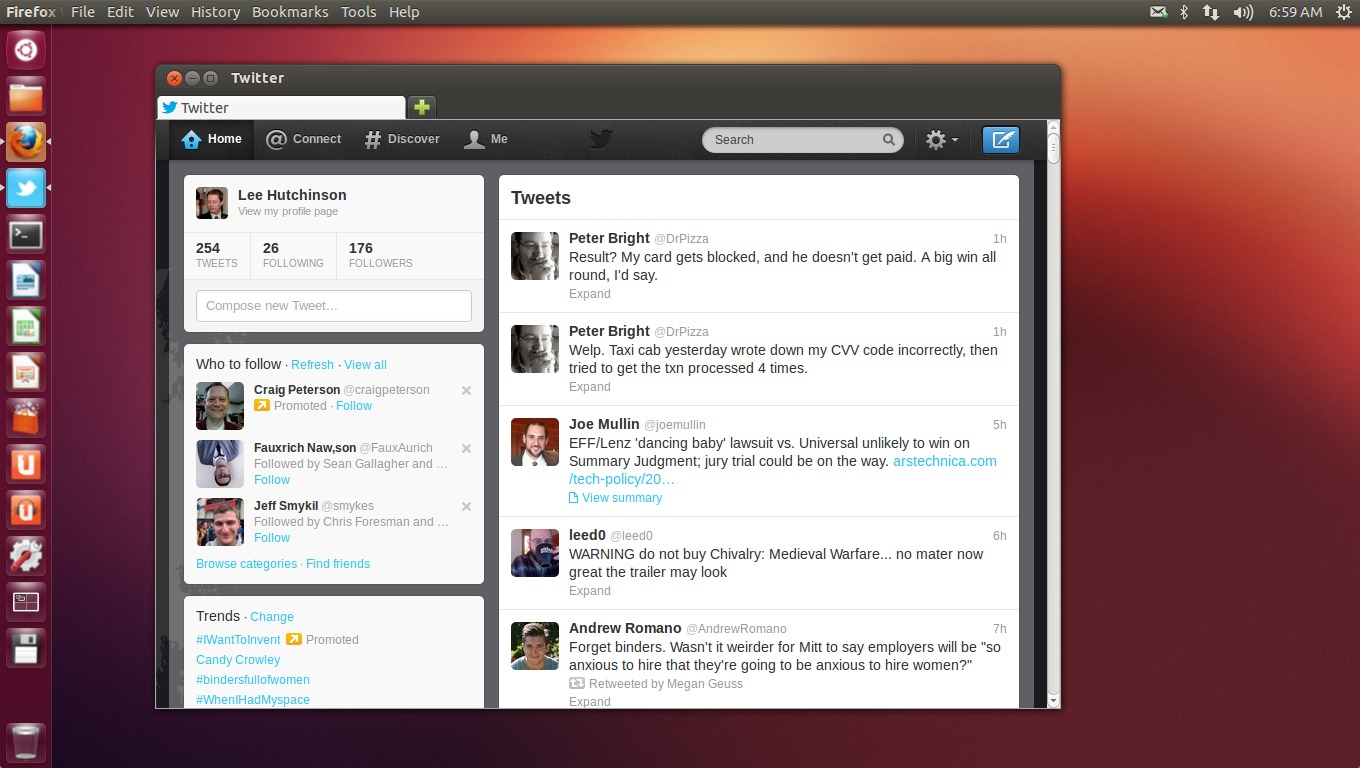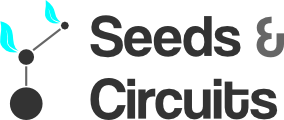
With the release (and clearly controversial response) to Microsoft’s newest Windows 8 desktop platform, and Apple’s recent stock drop since last September, one might be inclined to think that this could finally be the year where Linux has a legitimate chance to wedge itself into the 21st century marketplace.
For those of you who don’t know (or don’t care) what Linux is, you should. Developed by Linus Torvalds in 1991, Linux is an open-source, UNIX based operating system capable of performing in a wide variety of operating conditions. It can be found being used anywhere from modern thermostats to supercomputers. Additionally, Google’s Android operating system is Linux based, and is currently the best selling mobile operating system on the planet. In fact, you would have a hard time reading this right now without the under-rated open-source operating system as roughly 90% of servers run on Linux( . The main benefit of the Linux operating system is its enormously dedicated community, which provides around the clock feedback and help, which they largely do for free. For you this means less expensive technology, constantly updated software, and quick and comprehensive service.
While Linux has been able to offer great software solutions to all sorts of electronics, it has yet to firmly grasp hold of desktop computing. Desktop Linux in the past has been cumbersome and confusing, requiring a lot of general computer knowledge and usually has trouble with hardware compatibility, making it difficult for the average consumer to use and customize it, yet even this age-old problem is changing. Many modern Linux desktop operating systems have become much more user friendly. With the advent of Ubuntu Linux, many things that were thought to be annoying about Linux have been drastically altered to offer a clean and friendly display that is accessible for everyone. Ubuntu easily rivals its Apple and Microsoft counterparts and, with Windows 8 being so different from its predecessors, can even feel more familiar to consumers. If that’s not enough already, there are literally thousands of Linux distributions to choose from, each offering distinct advantages and options to fit users’ tastes and preferences.

Why do all these things matter? There are plenty of reasons. First of all, Linux is largely free and created by the community. For you, this not only means cheaper consumer goods, but also that you get to have a direct influence on the products you use most, making them easier to use, and encouraging them to meet all your needs without paying a premium for compatibility. Secondly, the Open Sourced aspects of Linux are its true advantage. It allows for a diverse marketplace of products and ideas that help spur technological growth and innovation; to think that a handful of people working in their spare time can match the power, usability, and performance of a software giant like Microsoft (and not ask much in return) is a phenomenal example of what the global community has to offer us as consumers. By supporting this business model we could drastically increase the rate of technological growth and ultimately solve more of the problems that plague our world today… and we could do it more cost effectively.
It would take some very specific steps to make Linux a legitimate contender to Microsoft and Apple as a desktop operating system. For a long time, compatibility with hardware was Linux’s huge disadvantage as it was unable to run with graphic cards and offer software like Photoshop and Steam. However, that is changing quickly. A version of Steam is now being offered for Ubuntu, which has convinced some hardware developers like AMD to make their products more Linux-friendly. Additionally, many professional programs like Final Cut and Abelton have rivaling open sourced programs in the Linux marketplace that get better and more sophisticated every day. The final step that needs to be taken by the Linux community is to offer more more simple, direct, and user friendly out-of-the-box operating systems that have the same customization ability that they do today. This will open the doors to the global marketplace (and the average person) in a way that has not been done before. Finding more clever ways of making money without charging users directly wouldn’t hurt either. These things in combination could make the Linux desktop as popular and widespread as Android OS, and could drastically improve today’s proprietary marketplace at large. We should expect great things from Linux.

There are OpenSource alternatives to just about any proprietary software, I’m glad you touched on that.
Does the presence of this article hint at a return of a functioning Linux desktop available on campus?
btw, I rarely had any issues with Debian and currently the only issues I have with it are minor annoyances that could very easily be resolved, ei double sided printing by default.
Samuel,
We are working on making linux more consistent in the academic computing centers on campus. I believe you will see a re-implementation of linux in the center by next fall. Thanks so much for your feedback.
^Awesome! Has anyone told TESC admin that Evergreen could get a 3-D printer for $500 now? It really is innovative technology, plus there’s linux software for that too and all kinds of learning could ensue. (it does need some ventilation but the solidoodle is definitely worth checking out and would make Evergreen look more cutting edge in it’s tours…)
-Thanks much